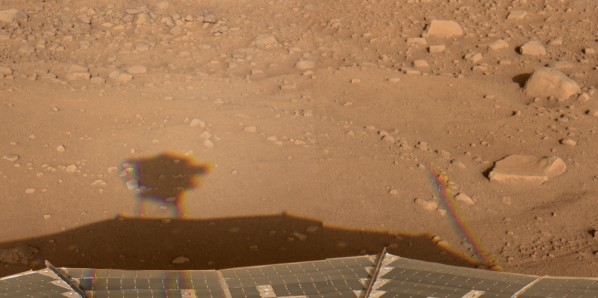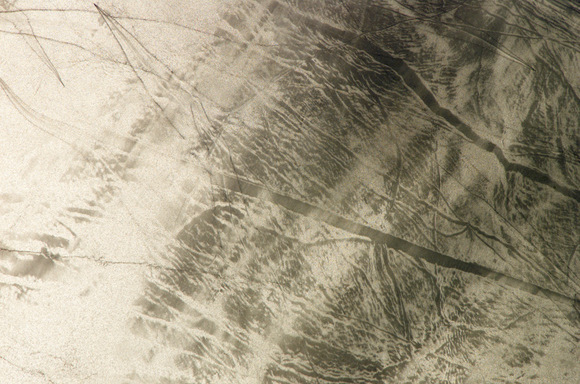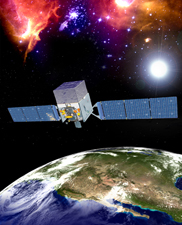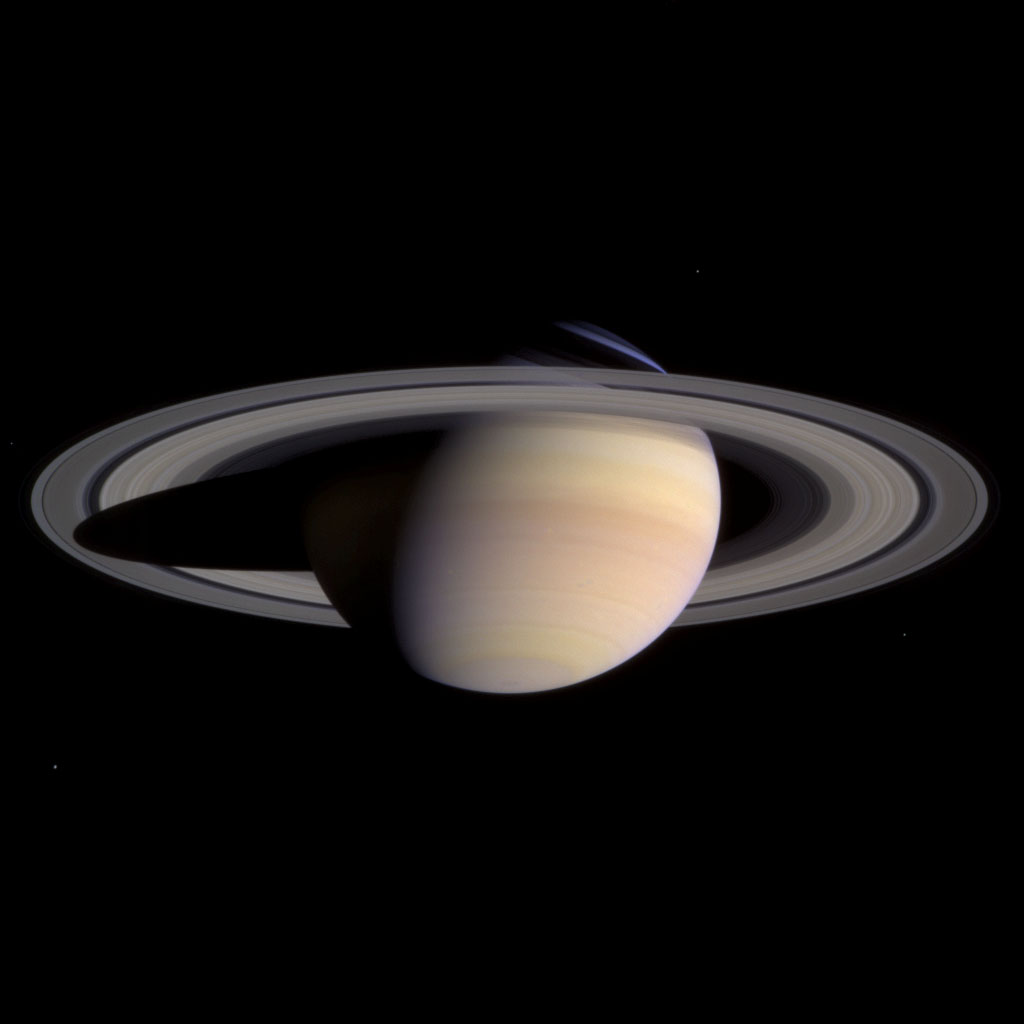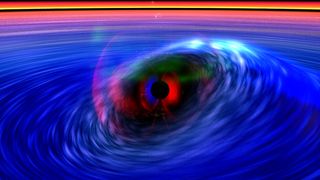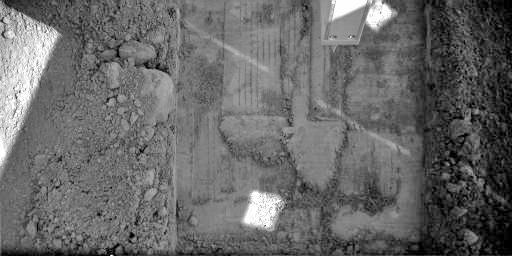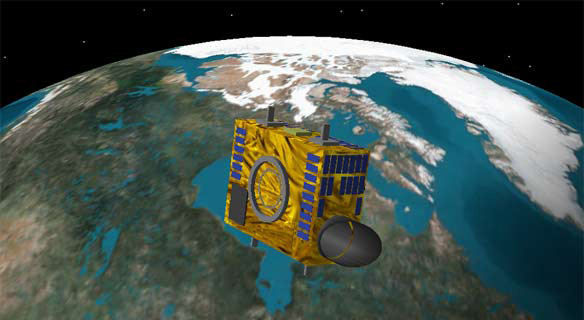The “vibrating” done to get the first Mars arctic soil sample into Phoenix’s TEGA (Thermal and Evolved Gas Analyzer) oven may have caused a short circuit that could happen again the next time the oven is used, perhaps with fatal results. A team of engineers and scientists assembled to assess TEGA after a short circuit was discovered in the instrument, and came to a fairly disheartening conclusion. “Since there is no way to assess the probability of another short circuit occurring, we are taking the most conservative approach and treating the next sample to TEGA as possibly our last,†said Peter Smith, Phoenix’s principal investigator. Therefore, the Phoenix team is doing everything they can to assure the next sample delivered to TEGA will be ice-rich.
The short circuit was believed to have been caused when TEGA’s oven number four was vibrated repeatedly over the course of several days to break up clumpy soil so that it could get inside the oven. Delivery to any TEGA oven involves a vibration action, and turning on the vibrator in any oven will cause oven number 4 to vibrate as well, which could cause a short.
A sample taken from the trench called “Snow White†that was in Phoenix’s robotic arm’s scoop earlier this week likely has dried out, so the soil particles are to be delivered to the lander’s optical microscope on Thursday. If material remains in the scoop, the rest will be deposited in the Wet Chemistry Laboratory, possibly early on Sunday.
The mission teams will mark the Independence Day holiday with a planned “stand down†from Thursday morning, July 3, to Saturday evening, July 5. A skeleton crew at the University of Arizona in Tucson, at NASA’s Jet Propulsion Laboratory in Pasadena, Calif., and Lockheed Martin Space Systems in Denver, Colo., will continue to monitor the spacecraft and its instruments over the holiday period.
“The stand down is a chance for our team to rest, but Phoenix won’t get a holiday,†Smith said. The spacecraft will be operating from pre-programmed science commands, taking atmospheric readings and panoramas and other images.
Once the sample is delivered to the chemistry experiment, Smith said the highest priority will be obtaining the ice-rich sample and delivering it to TEGA’s oven number zero.
The Phoenix team will conduct tests and trial runs so the instruments can deliver the icy sample quickly, in order to avoid sublimation of materials during the delivery process, so the solid ice doesn’t vaporize.
Original News Source: Phoenix News

